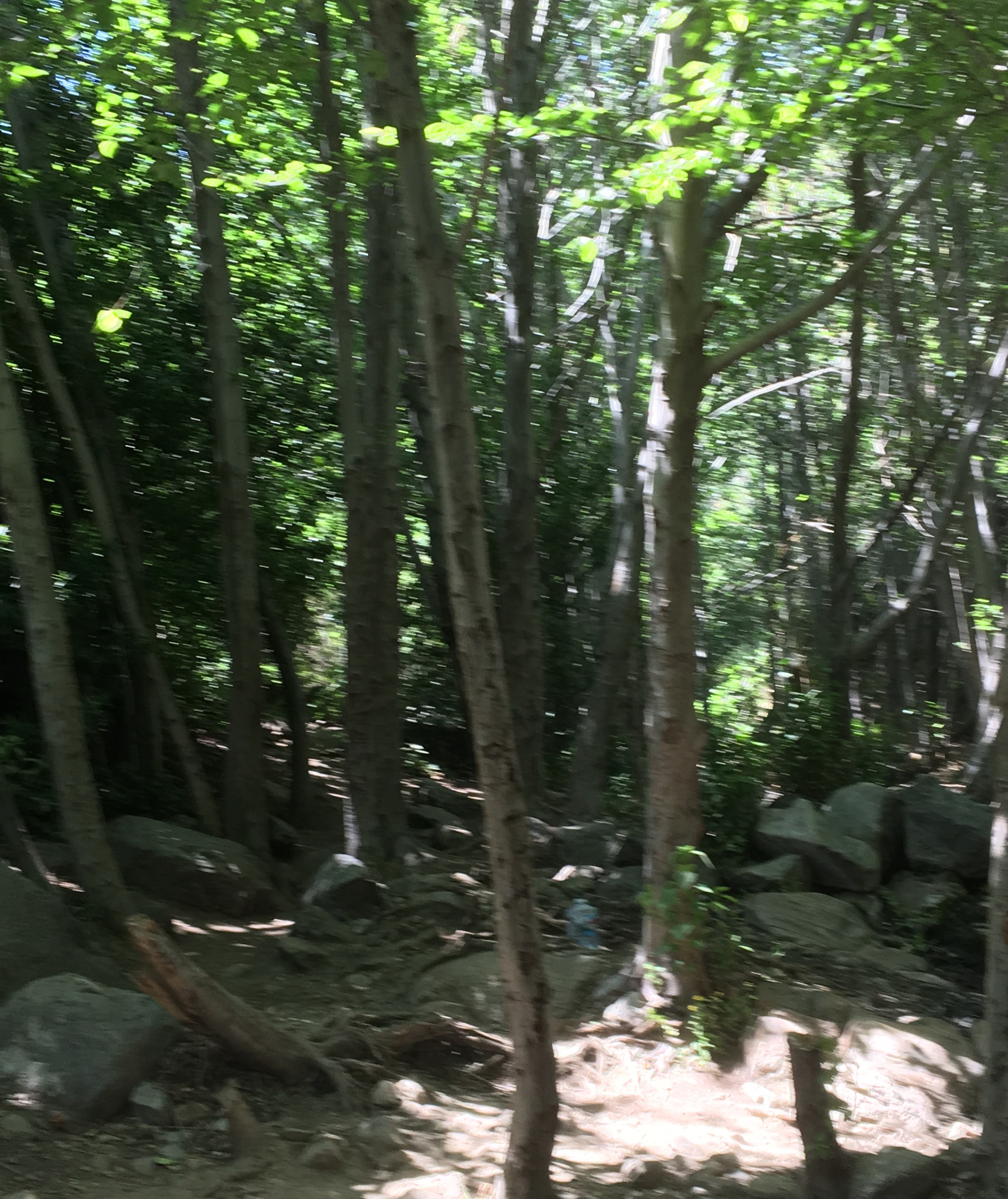When my school district received a waiver to open the school for hybrid learning, I was filled with excitement and dread. The stats about how children fare with the Coronavirus gave me hope that my students would be okay, but without a guarantee of their safety, I worried. Then came the step of creating a “Covid Classroom” bereft of books and toys – no sensory corner for anxious minds, no makerspace, no dramatic play center . . . instead socially distances work stations demarcated by plexiglass barriers. I was so sad as I was convinced that no joy could be found in such a dismal place. At the same time, there were parents and children anxious for a chance to GO to school in person – and children I knew would benefit. Worry and guilt for my worry were leading me too much of the time. Then just days before Thanksgiving break and less than two weeks before they were set to arrive, it was cancelled. The numbers were too high in our district, including the number of infected children. Instead of breathing out a sigh of relief, I was torn once again.
Our district had previously been granted a waiver to bring small cohorts of children onto campus, and that option was used to support our children in special education programs and offer ELD support. The opportunity to bring children onto campus still existed, and I could set the parameters myself. Ultimately, I invited students whose families had opted for hybrid learning and who were at risk to come to school for an hour each day for extra support. I was still sad about the bleak landscape of my classroom, but it didn’t seem so bad when I knew they were only coming for a short time. This schedule allowed me to continue to meet with the rest of students as usual and not disrupt what they were accustomed to. I prepared myself as best I could for an unknown situation.
So here it comes – the good news. I learned immediately that neither the painting easel and fluffy chairs, the blocks and trucks, not even the playground was the most important thing for making school safe, loving and fun. It was me and my choices all along: how I greeted them (even without hugs or high-fives), the activities we could still do together and the feeling of community that makes school wonderful. The hour goes so fast, and the children are not anxious to leave. They want to stay longer because “We love this place!”. They are happy to see each other and confirm “You, like Pokemon, right?!?” They can collaborate and communicate through plexiglass, “Matthew, you have too many. Take one away to make six.” “Oh, thanks!”
Are. there awkward moments when I have to dodge a hug or use a pointer instead of my own hand to direct a child’s attention to something they are working on? Yep. That is a bummer. But what would be more of a bummer would be if my struggling learners did not know that school was a wonderful place that they could learn and grow in with a caring teacher whose eyes lit up when she saw their face and celebrated each accomplishment, no matter how small. So until I am told to stop because the numbers of infected people in the community continues to climb, I will be there with my little band of masked learners. We will search for the good and continue to grow together.

